Sand washes away as quickly as it can be dumped, Bathtub Beach, FL

Between 2004 and 2014, some $13.6 million was spent on beach renourishment in Martin County, Florida. About $7.1 million came from local funds — your tax dollars. In the past two years, more than $6 million from a variety of sources has been spent to renourish and restore dunes at Bathtub Beach alone.
Coastal Commission Rejects Bid to Cancel Broad Beach Sand Replacement Permit
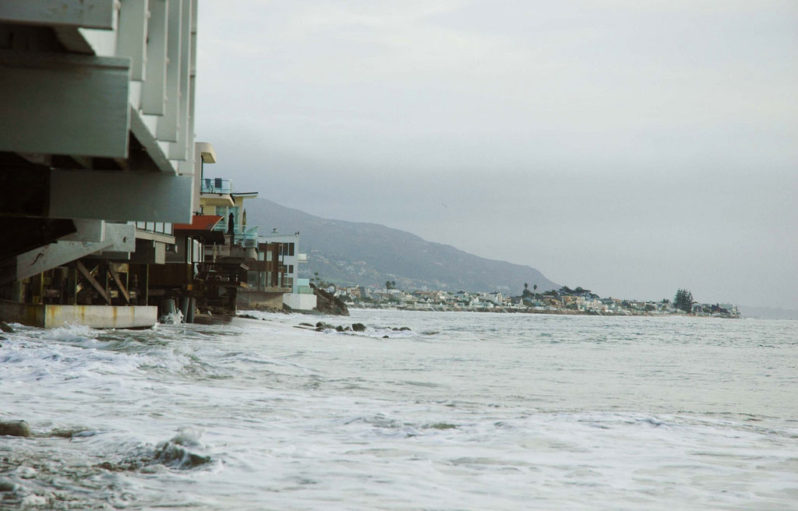
One of the line-items on the November 2017 California Coastal Commission agenda was a one-year extension of the beleaguered Broad Beach Replenishment Project. Following years of delays with issues ranging from sand sourcing to legal battles of all shapes and sizes, the project has been slow to get off the ground, and proponents of alternatives such as artificial reefs are hoping to succeed.
South Florida, Out of Beach, Wants to Buy Sand from the Bahamas
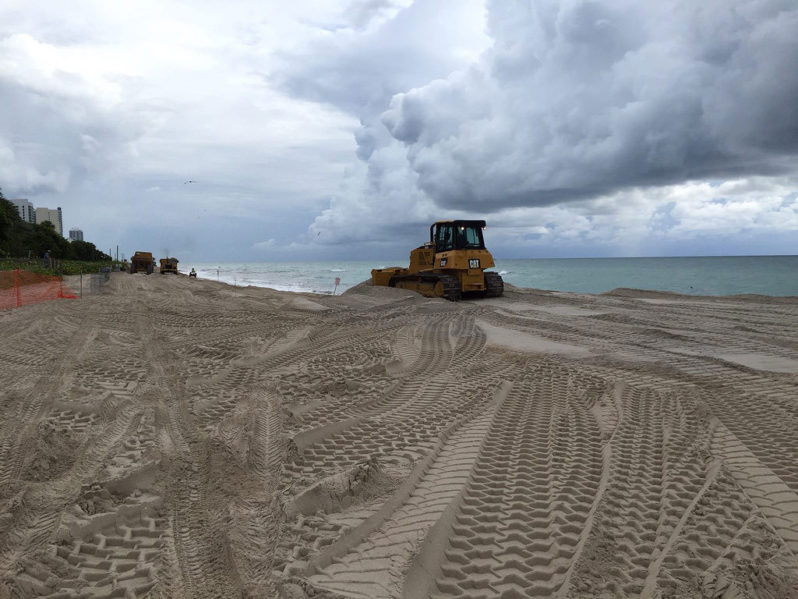
Miami-Dade County lost 170,000 cubic yards of sand during Hurricane Irma. It’s the latest blow to South Florida beaches in perennial decline. Nearly half the state’s coast—411 miles’ worth of beach—is considered “critically eroded.”
Malibu, CA: Broad Beach Sand Project Costs Jump to $55-60 Million Per Decade
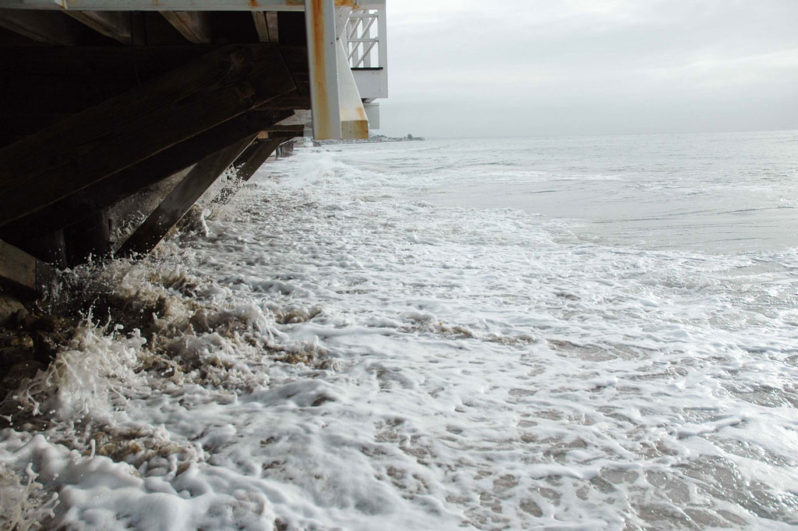
The Broad Beach Geologic Hazard Abatement District (GHAD) is now contending with another set of lawsuits over a project originally estimated to cost about $20 million, which is now estimated to cost $55 to $60 million every 10 years. The project will involve bringing in megatons of sand every few years to restore the disappearing beach and dunes.
How Hurricane Irma blew away the beach in Miami Beach

Hurricane Irma smacked Miami Beach’s shoreline with enough wind and rain to reshape some of the water’s edge, including washing away chunks of sand from a recently completed $11.5 million beach widening project.
A variety of maritime activities contribute to sea turtle deaths
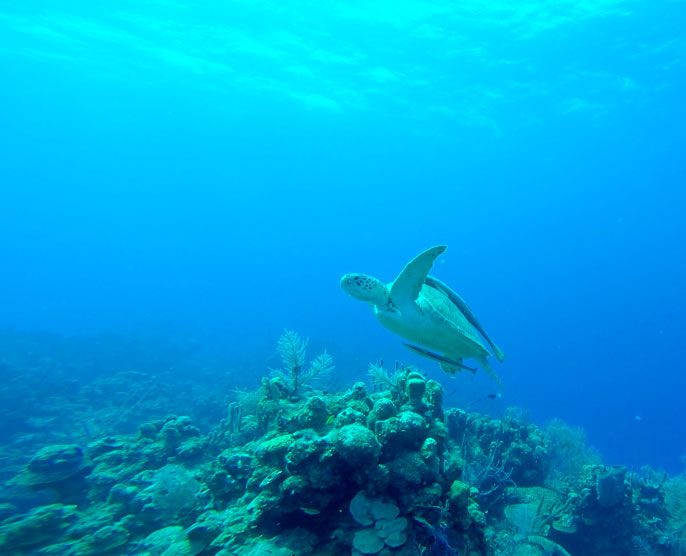
Ask what water-based activity interacts the most with threatened and endangered sea turtles and many will reply without hesitation: commercial fishing. But state records show that to be incorrect.
Sand Project: More Turtles Than Expected

Federal agencies are re-evaluating sea turtle activities off part of the Outer Banks after large numbers of the marine animals have had to be moved out of the way of an ongoing beach re-nourishment project.
Big beaches are back in Oceanside, CA
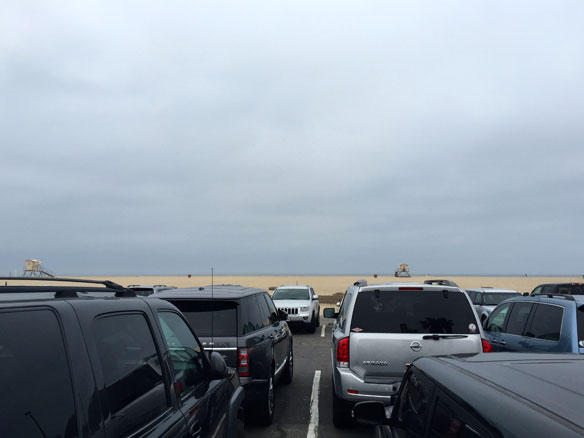
Workers have finished their two-month dredging of the Oceanside harbor, leaving a fresh coat of sand on beaches as the summer tourist season gets under way.
Rewilding Santa Monica’s thoroughly artificial beach
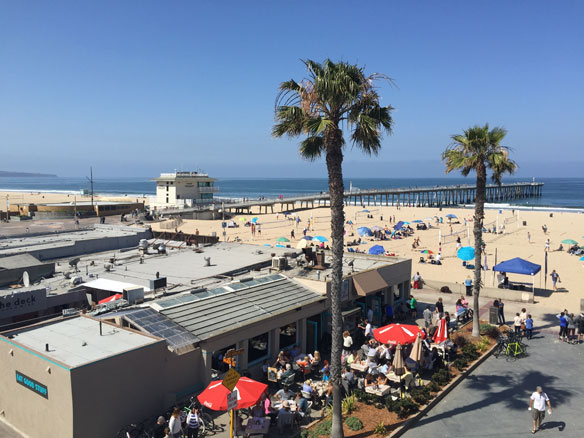
In the early 1900s, L.A. County beaches were not yet the tourist destination they would one day become. To draw more tourists, local municipalities wanted the beaches of the Santa Monica Bay to mimic those on the nation’s opposite coast: bigger, flatter, wider. Beach managers decided then, to bend the area’s geology, making Southern California beaches take on a more Floridian aesthetic. It was built by moving sand from one place and dumping it into another, turning the tourist-friendly beach into an ecological wasteland.
